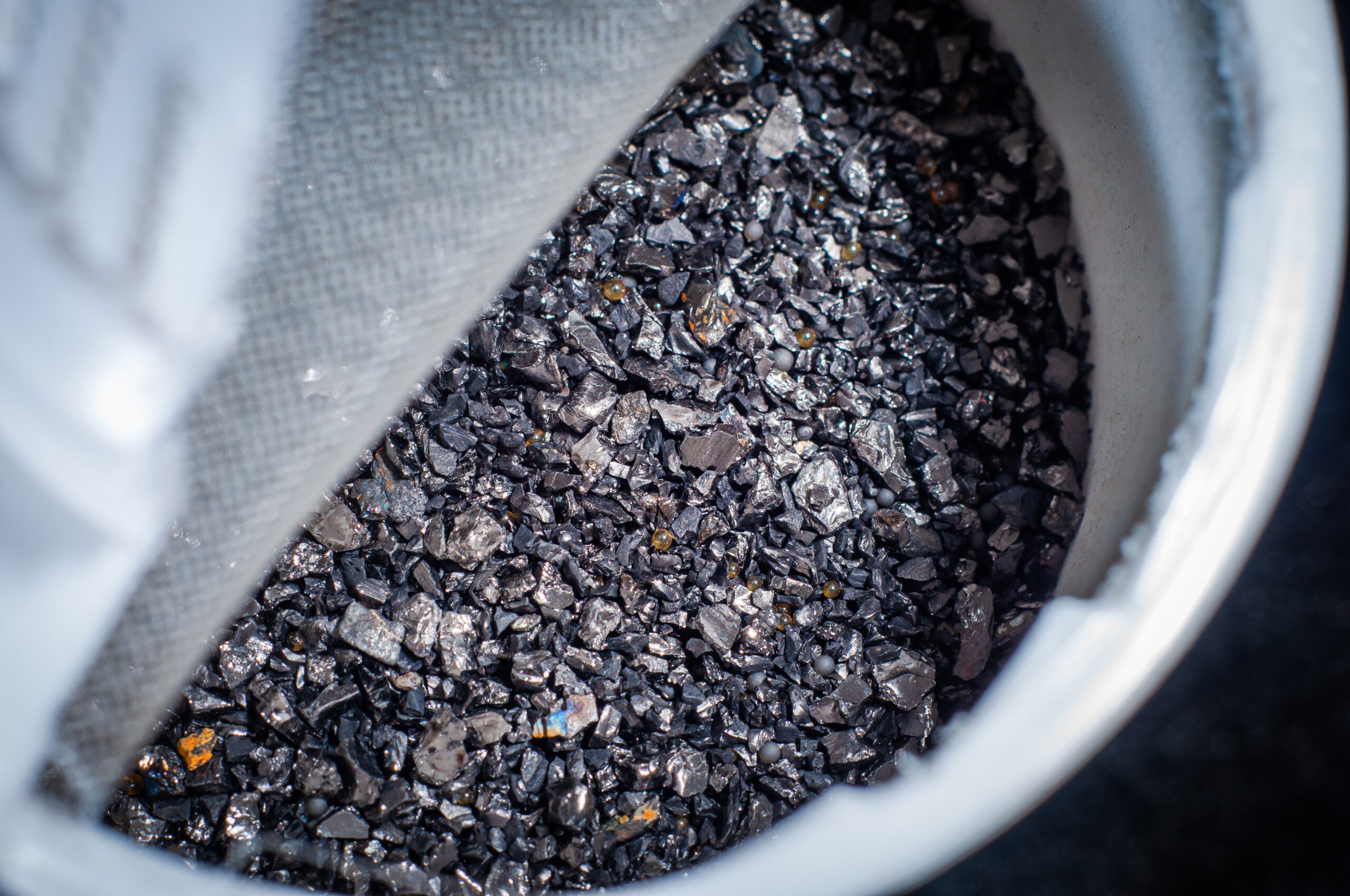
Posted on March 19th, 2024 by hpprocess
The biomass industry is quickly emerging as a significant source of carbon-nutrient energy. Biomass can be used as is or converted into several energy-dense products, including activated carbon (AC).
Torrefying biomass at high temperatures produces activated carbon, a very high-value product that can be used for air pollution regulation, wastewater treatment, food/beverage processing, and much more.
Apart from its environmental benefits, the widespread use of activated carbon can also be cost-effective for several industries.
Properties and Uses of Activated Carbon
Activated carbon is highly porous with millions of tiny pores and has a vast surface area. This makes it an efficient adsorbent with remarkable chemical properties since it can trap numerous elements.
It can remove organic and other impurities, deodorize, dechlorinate, and decolorize gaseous and liquid substances. Some of its general applications are:
- Eliminating VOCs (Formaldehyde, Xylene, PCE, TCE, Benzene, etc.)
- Chlorine and chloramine removal
- Sewage treatment and removal of bacteria from drinking water
- Precious metal recovery
- Removal of odors and colors from food products
How Activated Carbon Can be Produced Using Torrefaction
Wood biomass is usually converted to activated carbon using a process called torrefaction. It removes moisture, harmful VOCs, and biocompounds from the wood. The final product is a smaller, blackened solid, which can be turned into AC.
Torrefaction Steps
Step # 1: Delivery and Storage
Wood chips are acquired and stored for further use as the raw material.
Step # 2: Drying
An integrated rotary dryer can be used at the beginning of the torrefaction equipment to remove moisture.
Step # 3: Torrefaction
The resultant low-moisture wood is heated at high temperatures in an enclosed space using an external heat source.
Step # 4: Grinding and Pelletizing
The resulting torrefied wood is milled and converted into pellets, which are nearly 10% more energy-dense than standard wood.
Benefits of Torrefaction
- Reduction of mass of wood (by 30%)
- Increased microporosity and surface area required to make AC
- Small and energy-dense product that can be stored and transported easily
- Elimination of silos due to its hydrophobic nature
Moreover, industries depending on coal can even improve their sustainability by adding torrefied wood to coal. This mixture can increase boiler efficiency and decrease SO2 and other emissions at the same cost.
Torrefaction Equipment
Heavy-duty thermal processing machinery is required to turn wood biomass into energy-dense AC. It must be able to heat the wood at high temperatures to bring about suitable thermo-chemical change without burning it.
Heyl Patterson’s rotary calciner does the trick. They are perfect for processing wood biomass that is combustible, thermally sensitive, and potentially hazardous.
The calciner uses an external heat source to heat the wood biomass placed inside the shell, ensuring its isolation from the heat source. Heating the material releases water vapor, VOCs, and other gases, which can be recovered to heat the material further for improved efficiency. Plus, you can customize the calciner to integrate a rotary dryer at the start of the process to de-moisturize the high-moisture feed material.
Heyl Patterson’s Rotary Calciners Benefits and Features:
- Multiple, precise temperature control to process varying feedstocks
- Special construction materials to withstand extremely high temperatures
- Specialized rotary seals to prevent oxygen infiltration
- Customized to use off-gases as a supplemental heat source
Heyl Patterson offers efficient, high-quality, cost-effective rotary calciners customized to meet your biomass processing needs.
Contact us today to learn more about our rotary calciners and other industrial processing equipment.










